Infections – Hard to Avoid?
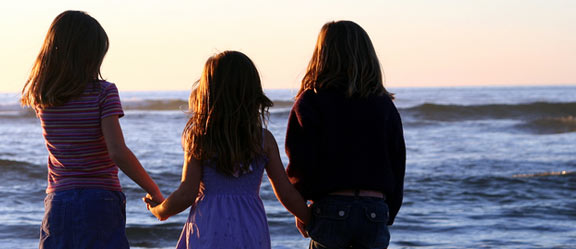
Because of media coverage (a common trigger of parental concern) I have been asked, on occasion, about the risk of skin infections to children involved in sports. Primarily–wrestling, football, swimming, dancing, martial arts and gymnastics. There are two infections covered here –the ones most people have heard of and seem to be worried about.
Athlete’s Foot (Tinea Pedis) This infection/rash is caused by a fungus that thrives in warm, moist environments. You can get it from direct contact with someone who is infected. It can be passed from person to person by sharing shoes and socks or by contact with wet/damp surfaces – the shower, steam room, sauna, locker room and pool. It can also be spread by contact with a surface (ex: mat, towel) used by someone with this infection. Symptoms of athlete’s foot include peeling and redness of the skin (often between the toes), itching, burning, cracking and/or stinging. To prevent getting athlete’s foot at a pool or gym the mats should be wiped down with a cleaner (>60% alcohol content, or 1:10 bleach dilution) before use, flip flops or water shoes should be worn in the showers and on wet/damp surfaces and feet should be completely dry before clean cotton socks are worn. Athlete’s foot is usually easily treated with over the counter creams and powders (ex: clotrimazole, terbinafine, miconazole, tolnaftate, etc.) and usually resolves within 7-10 days of treatment.
Staphylococcus/MRSA infections This is the infection that seems to worry parents the most. It is important to know that Staphylococcus lives in the noses of up to 30% of the general population without causing illness. One percent of the population has the more worrisome Staph- MRSA – in their noses – yet it also can live there without causing any symptoms at all. Staph, like Tinea, thrives in warm, moist environments. The reason staph is making headlines is because of the one variety that is resistant to most standard antibiotics and so is potentially dangerous and difficult to treat. This is known as MRSA – Methicillin Resistant Staphylococcus Aureus. The chance of getting MRSA from a mat or towel at the gym is very unlikely. Yet it can live on dry surfaces for long periods of time. There are a few things you can do to lower your child’s risk of infection:
- 1. Make sure that the mats are wiped down with a cleaner (>60% alcohol content or 1:10 bleach dilution are best).
- 2. Cover any scrapes or open sores on his/her body with a bandage. If your child is engaged in a sport that involves skin-to-skin contact, it is especially important to keep any scrapes, sores or wounds covered.
- 3. Your child can use a clean towel as a barrier between the mat and his/her body.
- 4. Do not use a sauna, hot tub, or steam room with open wounds.
- 5. If you notice a pimply rash or an open sore on your child’s skin apply a triple antibiotic ointment (ex: Neosporin) three times a day until it has healed.
Symptoms of MRSA are, initially, similar to any skin infection – small bumps, redness, pimples. It’s also possible for the infected area to look like an insect bite. If the rash does not look harmless or if you notice any of the following you should call/see a doctor immediately:
- 1. The rash has pus/drainage.
- 2. The rash progresses to boils or abscesses.
- 3. The rash does not heal within a few days.
- 4. The site becomes very red and/or tender.
- 5. There are red streaks coming out from the area of the initial rash.
- 6. There are symptoms of a body wide infection—fever, chills, nausea or shortness of breath.
As with most childhood ailments prevention is key. Washing hands regularly with soap and water or hand sanitizer, wearing shoes on wet floors, cleaning mats with an appropriate cleaner before using, and keeping scrapes and sores covered will almost always prevent both Tinea and Staph infections.
If your child does have symptoms of Tinea or Staph then follow the directions above to treat. If your child has signs of MRSA contact your Pediatrician. And, as a courtesy to other children and families, keep your child out of the gym, locker rooms, fields and pool, and off of the mats until the infection has resolved.
-Monique Araya, MD, FAAP
The medical information on this Web site is provided for educational purposes only. The information provided in this site, or through linkages to other sites, is not a substitute for medical or professional care, and you should not use the information in place of a visit, call consultation or the advice of your physician or other healthcare provider.
If you believe you have a medical emergency you should call 911 or your physician immediately. If you have any questions regarding your health or a medical condition, you should promptly consult your physician.
- Beautiful Smiles are Forever
- Bed Wetting / Nocturnal Enuresis
- Childhood Obesity
- Childhood Vaccinations
- Circumcision
- Diet and Vitamins During Pregnancy
- Exercise and Weight Gain During Pregnancy
- How to Choose a Pediatrician
- Infections – Hard to Avoid?
- Introducing Solids
- Pediatric Dentistry Q & A
- Sex and Pregnancy
- Toilet Training
- Your Child’s Development
 High Viral Loads Make Kids ‘Silent Spreaders’ of COVID-19
High Viral Loads Make Kids ‘Silent Spreaders’ of COVID-19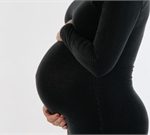 Clotting Tied to COVID-19 May Harm the Placenta
Clotting Tied to COVID-19 May Harm the Placenta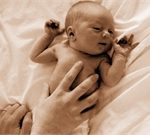 ‘Kangaroo Care’ Has Big Health Benefits For Preemies
‘Kangaroo Care’ Has Big Health Benefits For Preemies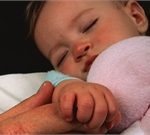 Babies Are Spared Severe COVID-19 Symptoms
Babies Are Spared Severe COVID-19 Symptoms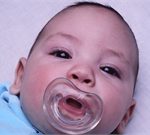 Sleepless Babies May Face Emotional Troubles as Kids
Sleepless Babies May Face Emotional Troubles as Kids Secrets to Soothing a Cranky Baby Safely
Secrets to Soothing a Cranky Baby Safely How to Protect Your Baby Against Eczema
How to Protect Your Baby Against Eczema How to Protect Your Baby From Unsafe Products
How to Protect Your Baby From Unsafe Products How to Soothe Baby’s Teething Pain Safely
How to Soothe Baby’s Teething Pain Safely How to Protect Your Child From Choking
How to Protect Your Child From Choking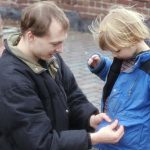 How to Tame Morning Chaos
How to Tame Morning Chaos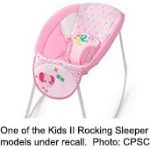 Nearly 700,000 Infant Rocking Sleepers Recalled Due to Infant Deaths
Nearly 700,000 Infant Rocking Sleepers Recalled Due to Infant Deaths How Much Does Your Kid Weigh? Chances Are, You’re Underestimating
How Much Does Your Kid Weigh? Chances Are, You’re Underestimating When You Go From a Family of 3 to a Family of 4
When You Go From a Family of 3 to a Family of 4 Bringing Baby in a Lyft, Uber? Child Car Seats Are Rarely Included
Bringing Baby in a Lyft, Uber? Child Car Seats Are Rarely Included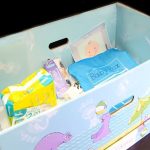 Experts Sound Warning About ‘Baby Boxes’
Experts Sound Warning About ‘Baby Boxes’ A-C-T to Prevent Hot Car Tragedies
A-C-T to Prevent Hot Car Tragedies Smart Steps for a Safe Nursery
Smart Steps for a Safe Nursery More Than 1 Day of First-Trimester Bleeding Ups Odds for Smaller Baby
More Than 1 Day of First-Trimester Bleeding Ups Odds for Smaller Baby Rear-Facing Car Seats Protect Tots in Crashes From Behind: Study
Rear-Facing Car Seats Protect Tots in Crashes From Behind: Study Baby Sitters, Relatives Often Unaware of SIDS Risk
Baby Sitters, Relatives Often Unaware of SIDS Risk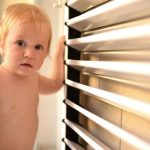 Window Blinds: A Silent Killer in Your Home
Window Blinds: A Silent Killer in Your Home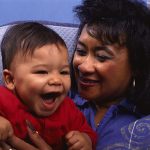 Babies Start Connecting Words Early On
Babies Start Connecting Words Early On Parents Getting Better at Using Car Seats Safely
Parents Getting Better at Using Car Seats Safely Too Many Babies Still Placed on Stomach to Sleep: Study
Too Many Babies Still Placed on Stomach to Sleep: Study Time for Some Summer Sun Safety Tips
Time for Some Summer Sun Safety Tips Can Sharing Your Bedroom With Baby Come With Risks?
Can Sharing Your Bedroom With Baby Come With Risks? Hospital ‘Baby Boxes’ May Help Prevent SIDS in Newborns
Hospital ‘Baby Boxes’ May Help Prevent SIDS in Newborns Fewer SIDS Deaths in U.S., But Gaps Among Racial Groups Remain
Fewer SIDS Deaths in U.S., But Gaps Among Racial Groups Remain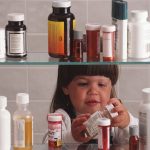 How to Protect Your Child From Accidental Poisoning
How to Protect Your Child From Accidental Poisoning